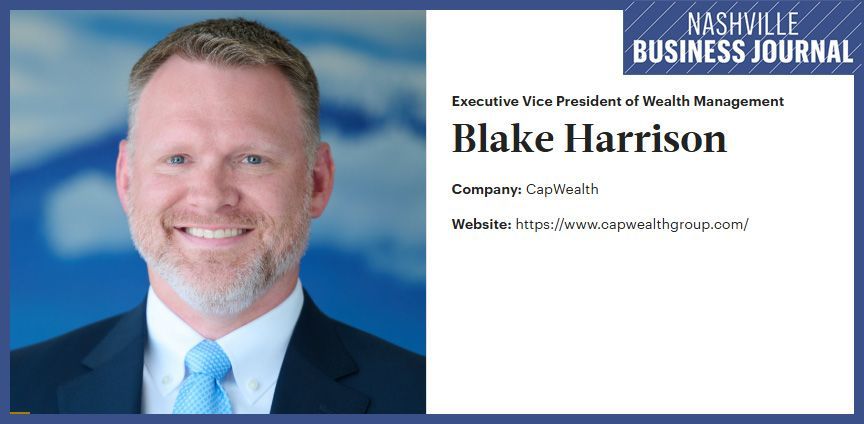The Fed’s Pivot
July 8, 2019
Beginning in December of 2015, the Federal Reserve embarked on a slow, methodical, well-telegraphed interest-rate hiking cycle. Having effectively kept interest rates at zero since 2008, Fed officials began with a small ¼ point (0.25% or 25 basis points) hike in the Federal Funds rate from 0.25% to 0.50%. They proceeded with one quarter-point hike (from 0.50% to 0.75%) in 2016, three quarter-point hikes (from 0.75% to 1.50%) in 2017, and four quarter-point hikes (from 1.5% to 2.5%) in 2018. That era has now ended.
At the June Federal Open Market Committee meeting, officials signaled to the market their willingness, in response to changing economic conditions, to act as appropriate to sustain the expansion. While subtle, the minor pivot in the Federal Reserve’s language signals the end of the hiking cycle and the possible beginning of interest rate cuts going forward.
To take a step back, what is the Federal Funds rate? Put simply, the Federal Funds rate is the interest rate that banks charge each other for overnight loans. In theory, since the loan duration is one-day, it should be the least-risky and, as a result, carry the lowest interest rate. After all, borrowing today to pay back tomorrow is straightforward.
The Federal Funds rate is the benchmark interest rate for the highest quality loans in the market. In a normal interest rate environment, the Federal Funds rate is the lowest interest rate level (the floor) with the yield curve sloping higher as the duration of the loan increases. For example, a bank might charge another bank 2.50% for a one-day loan. The same bank might charge a corporate customer 3.5% for a one-year loan and an individual 5% for a 30-year mortgage. That would represent an upward-sloping yield curve (from 2.50% in the lower left-hand corner to 5% in the upper right-hand corner).
But we aren’t in a normal interest rate environment. We are in an “inverted” yield curve environment. What does that mean? It means that the rate charged on short-duration loans (loans made for one day, one month, three months, etc.) are paying higher yields than loans made for longer durations (five years, seven years, 10 years, etc.).
When this occurs, it is the bond market’s way of telling the Federal Reserve (and other Central Banks around the world) that there are concerns. Right now, those concerns are about the US-China trade war, geopolitics and low inflation. Market leaders think that the Federal Funds rate is too high and that it would be prudent for the Federal Reserve to “cut” rates to stimulate the economy. At the June meeting, the Fed officials said they are listening and willing to react if the situation deteriorates. In general, this is wonderful news for the stock market.
Now that you have the back story, how should you proceed?
First and foremost, I am reminded of the following quote from Charlie Munger of Berkshire Hathaway, Warren Buffett’s long-time business partner and friend: “It is remarkable how much long-term advantage people like us have gotten by trying to be consistently not stupid, instead of trying to be very intelligent.”
Interest rates are low. Earning ~2.05% on a 10-year Treasury while losing ~1.8% to inflation won’t fund your lifestyle in retirement. Even worse, there is currently $12 trillion of investment grade and government bonds around the world that are offering negative yields. Think about that. If you give me $100 dollars today, I promise to give you back $98 dollars in 5 years. Deal? You must be insane.
Rather than buying low-yield bonds, recognize the Federal Reserve’s pivot as an opportunity to capitalize on a lower potential mortgage rate and refinance or buy your first home. See it as an opportunity to take out a more affordable small business loan and fund your expansion. Acknowledge that, all else being equal, in a lower interest rate environment, stock become more attractive relative to bonds.
While there are many factors that contribute to a well-managed portfolio, thinking logically is by far the most important.
John Lueken is the executive vice president and chief investment strategist at CapWealth. This column was printed in The Tennessean on July 8, 2019.














